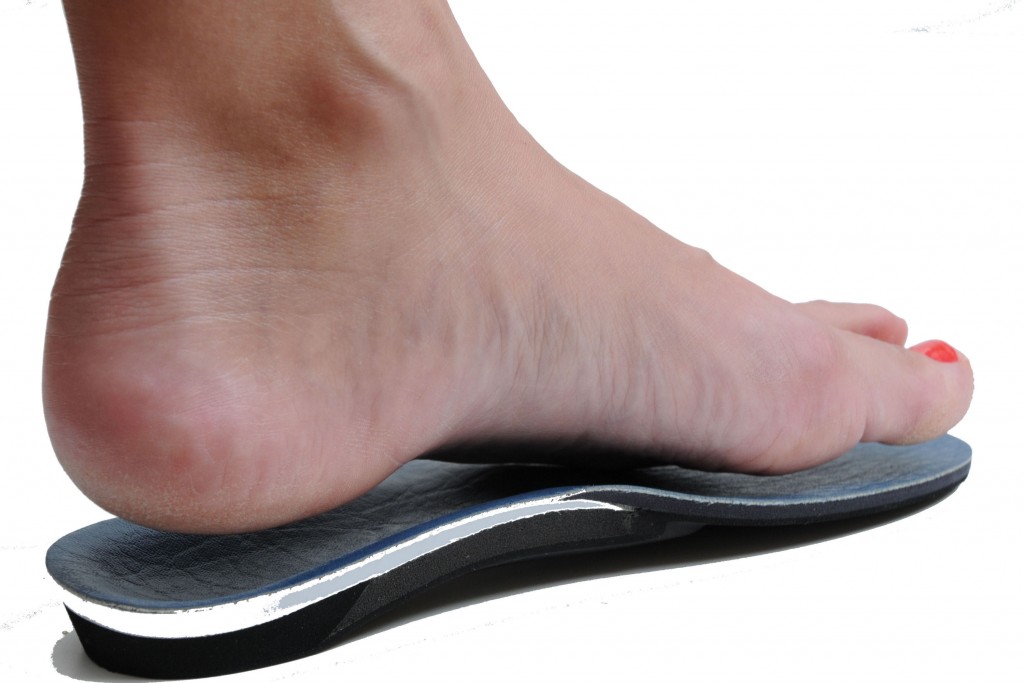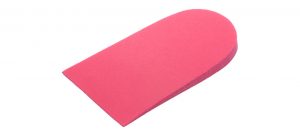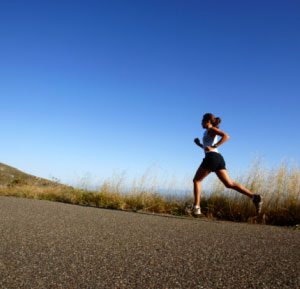1. Review of research:
The effect of orthotic devices on knee adduction moment, pain and function in medial compartment knee osteoarthritis: a literature review. (Rood sari et al., 2016)
Why we like it: numerous articles included (31). Confirmation that orthoses work just as well as knee braces to offload the medial compartment of the knee, however, due to the cumbersome nature of knee braces, orthoses are a more likely choice of treatment for patients in the long term.
Take home message: this review found that orthotic devices reduce knee adduction moments and improve pain and function in individuals with knee osteoarthritis (OA) via offloading the medial compartment of the knee.
2. New Research:
Effectiveness of footwear and foot orthoses for calcaneal apophysitis: a 12-month factorial randomised trial. (James et al., 2015)
Why we like it: a longitudinal study with a large sample size (124). Sever’s disease is a very common condition seen clinically by many health practitioners. It is nice to have further clarification on treatment methods of this condition which are simple, easily accessible, and highly cost effective for both patient and clinician.
Take home message: heel raises are still an effective treatment for Sever’s disease, both in the short and long term! This study showed that at the 2-month time point, it was more helpful to use of heel raises over prefabricated orthoses for the treatment for calcaneal apophysitis (aka Severs disease). However, at 12 months both interventions were equally effective.
3. Research about to be undertaken:
Protocol for evaluating the effects of a therapeutic foot exercise program on injury incidence, foot functionality and biomechanics in long-distance runners: a randomized controlled trial. (Matias et al., 2016)
Why we like it: a randomised control trial (RCT) longitudinal study design with regular follow ups, and a large sample size (111). Lets face it, we all like to know more about interventions which can be implemented to reduce injury!
Take home message: this RCT protocol has been designed to assess the effect of an exercise protocol (therapeutic exercises for the foot-ankle for 8 weeks, with 1 directly supervised session and 3 remotely supervised sessions per week) on running-related injuries to the lower limbs of long-distance runners. The authors hope to show that this exercise protocol is an innovative and effective approach to decreasing the incidence of injuries.
*These monthly blog posts have been done in collaboration with Mr Daniel Bonanno from the Discipline of Podiatry at La Trobe University.



